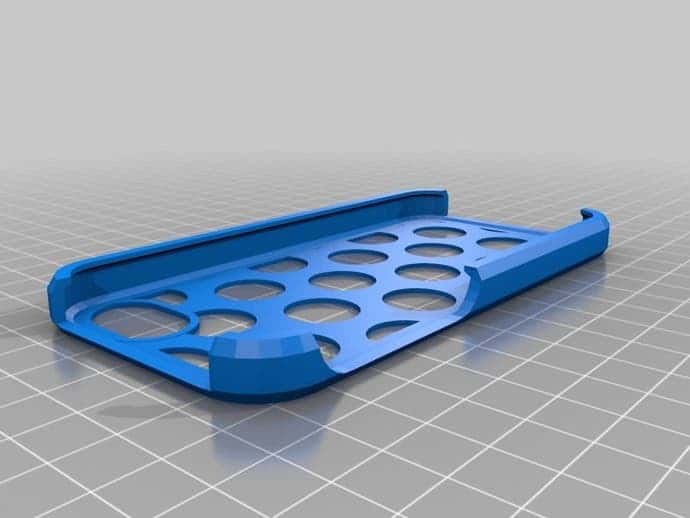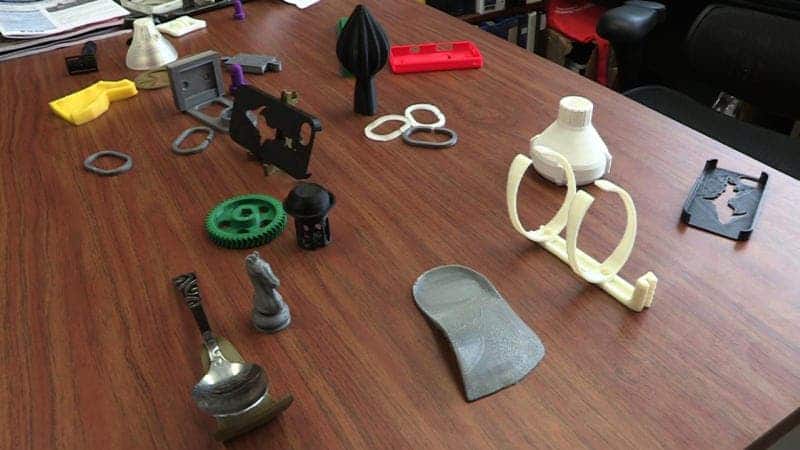To most people, 3D printers are still sci-fi, and as a result, envisioning a 3D printer in every home is a huge stretch. But a study conducted by Michigan Technological University scientists concluded that personal manufacturing, like personal computers in their time, will become a common thing – soon.

“For the average American consumer, 3D printing is ready for showtime,” said Associate Professor Joshua Pearce.
He goes so far as to state that even today, household 3D printers could be very effective, saving a great deal of money by printing stuff instead of buying them. The basic principle of the device is fairly simple – it deposits multiple layers of plastic or other materials to make pretty much anything – from scissors and other tools to toys. Tens of thousands of free designs can be found on websites like Thingiverse. But things go even further: not only can you download free designs, but you can also print your own stuff with open-source 3D printers, like the RepRap, which you build yourself from printed parts, or those that come in a box ready to print.
The price of such a printer varies from $350 to $2,000, and making the very conservative assumption that the average home would need 20 items per year (for example a showerhead, a garlic press, spoonholders, toys, pasta strainers, lamps etc), the investment would pay off in a couple of years. If the 3D printer is also used for more complex items (like photographic equipment or prosthetics), the timeframe for investment recovery goes down to a few months.

“With the exponential growth of free designs and expansion of 3D printing, we are creating enormous potential wealth for everyone.” explains Pearce.
There is basically no limit to what you can print – and this technology could very well redefine the very essence of capitalism.
“Say you are in the camping supply business and you don’t want to keep glow-in-the-dark tent stakes in stock,” Pearce said. “Just keep glow-in-the-dark plastic on hand, and if somebody needs those tent stakes, you can print them. It would be a different kind of capitalism, where you don’t need a lot of money to create wealth for yourself or even start a business,” Pearce said.






